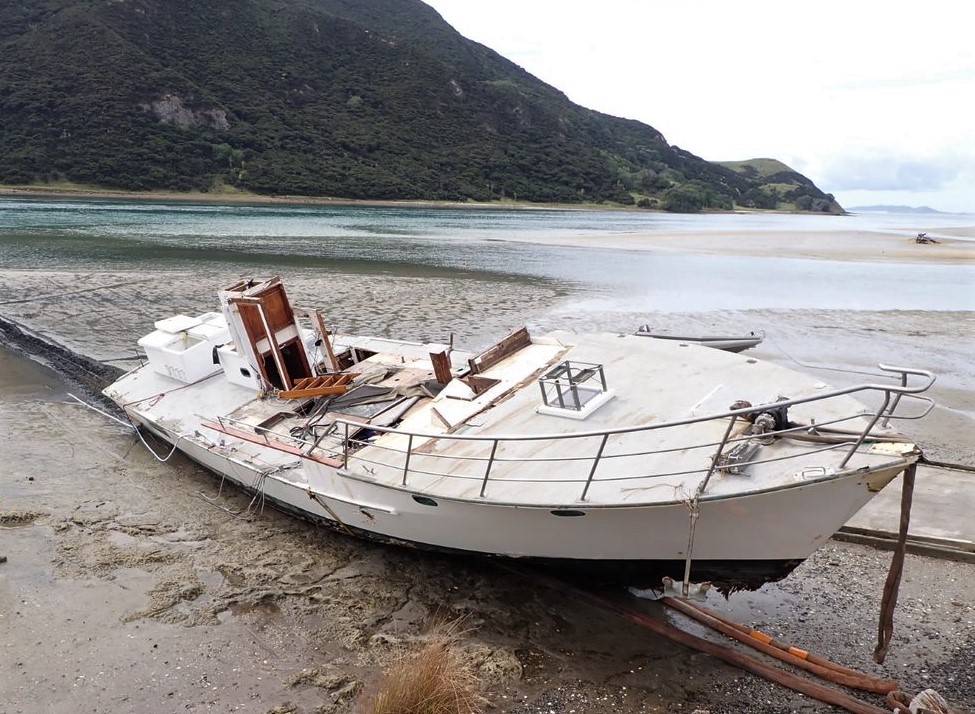
The Transport Accident Investigation Commission is calling on the Ministry of Transport and Maritime New Zealand to address urgent safety issues for the marine sector nationwide.
The calls come in the Commission’s final report, published today, on a fatal accident in which the charter fishing vessel Enchanter, with eight passengers and two crew on board, capsized off North Cape at dusk on 20 March 2022.
Chief Investigator of Accidents Naveen Kozhuppakalam says the cause of the Enchanter capsize was a catastrophic, unrecoverable knock-down by an unanticipated big wave.
“The wave rolled the vessel in an instant, forcing the superstructure and side windows into the water, exceeded superstructure design parameters. The side windows imploded and the superstructure comprising the main saloon and flybridge separated from the hull, resulting in full capsize. The hull remained inverted but afloat.
The crew activated an Emergency Position-Indicating Radio Beacon and the New Zealand Rescue
Coordination Centre initiated a search and rescue response.
“The first rescue helicopter to arrive retrieved five people from the upturned hull and other flotsam. The crew of that first helicopter excelled at the high-risk task of wet winching in the dark over water. Their expertise was instrumental in saving the lives of five people.
“When that helicopter was full of people and left the scene, the survivability clock was ticking for remaining survivors. Their immediate hazards included time in the water, hypothermia, swimming ability; injuries sustained during the capsize; and pre-existing medical conditions. Nobody was wearing a life jacket so they relied mainly on bits of boat for flotation
“Three of the missing people were alive in the water when last seen by survivors. However, a search and rescue operation involving multiple aircraft and surface vessels took almost two day to find them, by this time deceased.
“Delays in mustering crews delayed deployment of further rescue helicopters. And for 4 hours and 36 minutes, lack of available fuel prevented helicopters searching for the remaining five people in the water. This was partly because fuel supplies were set up for air ambulances, not extended SAR operations in remote areas.
The Commission identified safety issues for search and rescue operations across New Zealand: knowledge and training of personnel; availability of dedicated aircraft; and the effect of fuel availability on helicopter range. All require the immediate attention of the Secretary for Transport, and the Commission has made recommendations accordingly.
The Commission also identified the need to improve maritime rules and regulations for marine surveyors’ professional practice, life jacket stowage, and tracking devices for commercial vessels. All require the immediate attention of the Director of Maritime New Zealand, and the Commission has made recommendations accordingly.
“This report is about more than the tragic accident involving the Enchanter; it is system-wide, nationwide because the safety issues affect everyone on board a commercial or recreational vessel. And everyone on board deserves to be safe.”
The Transport Accident Investigation Commission opens an inquiry when it believes the circumstances of an accident or incident have - or are likely to have - significant implications for transport safety, or when the inquiry may allow the Commission to make findings or recommendations to improve transport safety.
